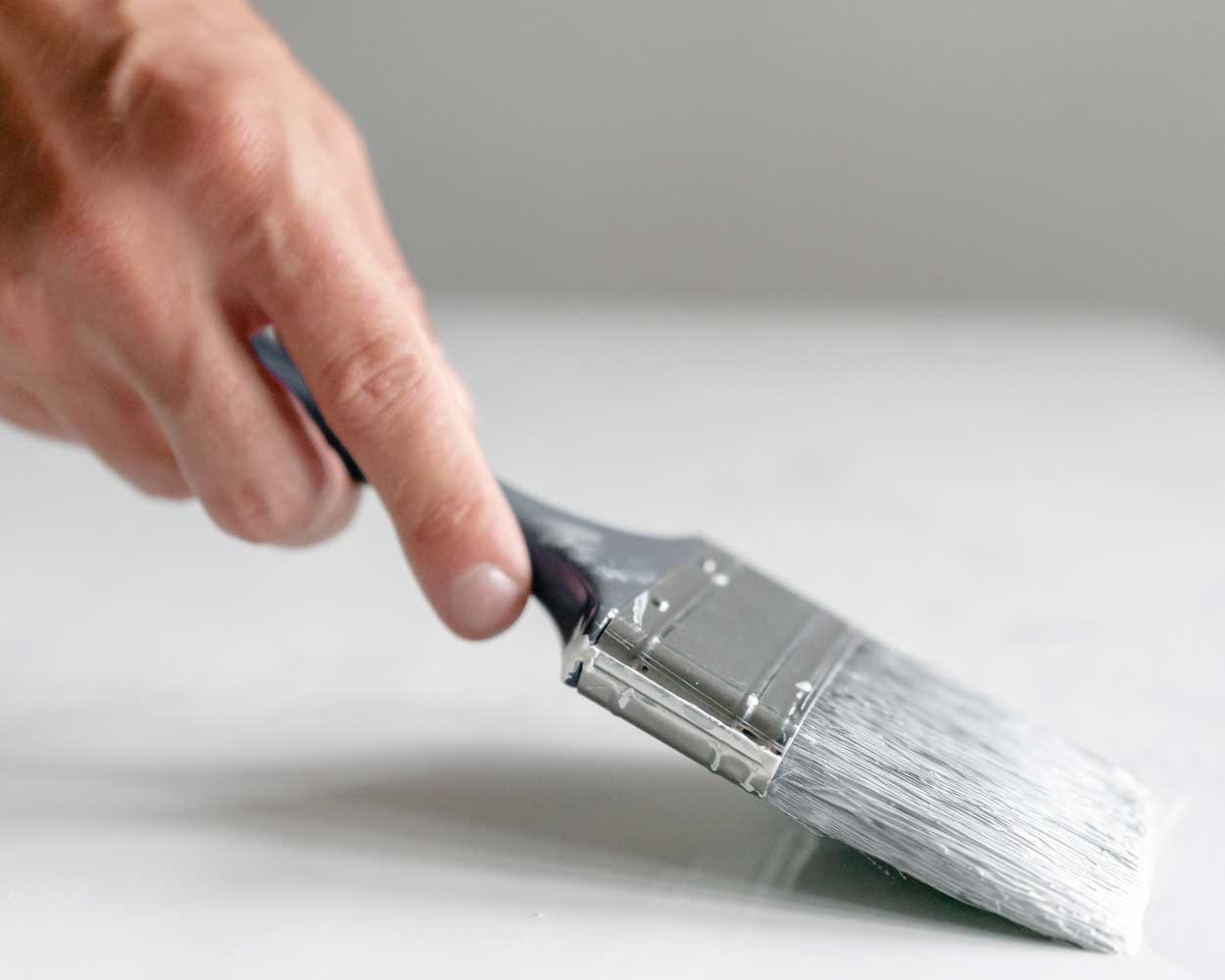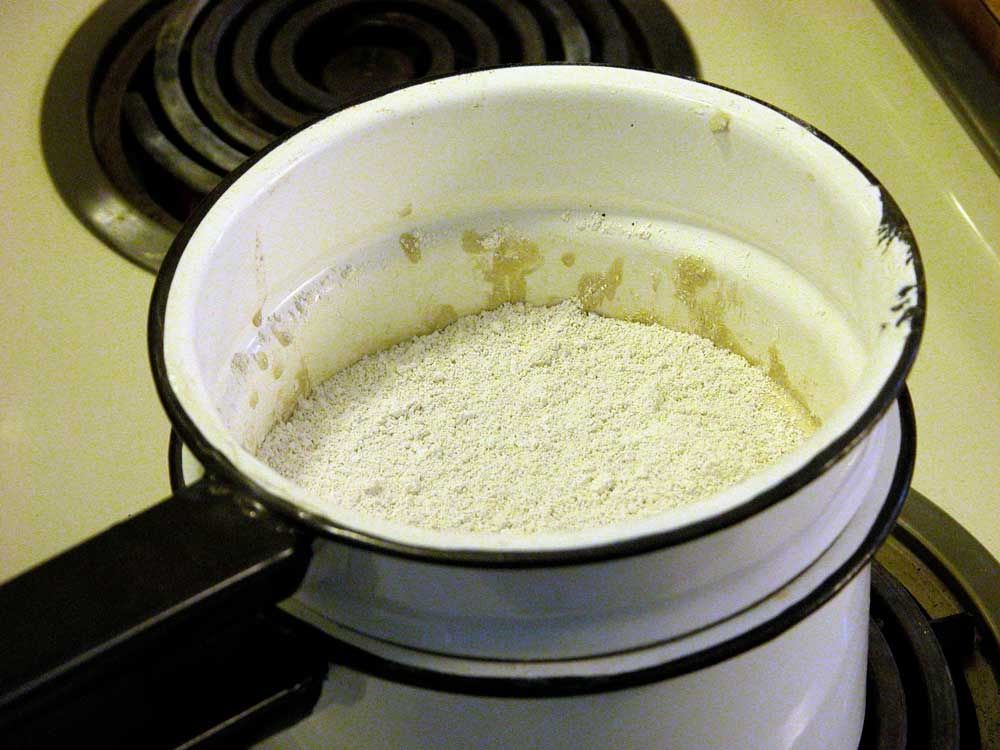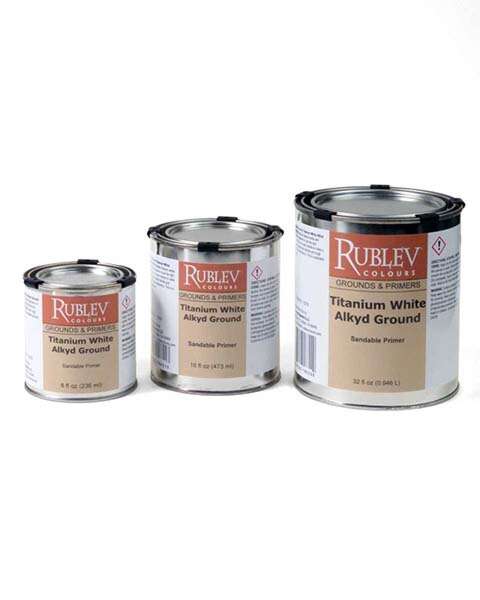
To prepare grounds for metalpoint or silverpoint drawing, you will need a rigid support. Select a heavy, smooth-surfaced paper, paperboard, parchment, or wood panels, such as plywood or hardboard. Paper with a rough texture or smooth glossy surface is undesirable for silverpoint and metalpoint drawing. Wood panels should be well-sanded and smooth since any roughness will show through the ground.
Materials Needed
- Support (heavy paper or wood panel)
- Traditional Silverpoint Ground
- Water
- Baine marie or metal or ceramic container
- Stove or electric burner
- Aqueous pigment dispersions
- A flat bristle brush, 1-inch wide
- Steel wool pad, #0000
If you are using paper as the support, wet it thoroughly and tape it immediately to a drawing board, heavy plywood board, or similar surface that you would use to stretch watercolor paper. Let the paper dry before applying the first coat of the ground. Since absorbent supports tend to warp after applying several coats of the ground, it is best to tack parchment and paperboard along their edges to a heavy board, and thin sheets of plywood or hardboard may need to be coated on both sides with glue size to reduce absorbency and minimize warping. To prepare the metalpoint ground, place a measure of tap water in a metal container and gradually add to the water an equal amount by volume of Traditional Silverpoint Ground. Stir the mixture until smooth and allow it to stand for about 30 minutes. Heat the container over a stove or electric burner until the mixture is warm but not scalding hot. It should have the consistency of cream and is now ready to apply.
Add the selected colors to the ground mixture for tinted grounds while it is warmed. Only a few drops of Rublev Colours Aqueous Pigment Dispersions are needed to tint the ground. In all cases, colors should be added in very small amounts for two reasons. Due to their physical properties, many pigments hinder the effectiveness of metalpoint on the ground, so increasing the amount will diminish the quality of the strokes. As the amount of color added to the ground increases, the contrast between the ground and the metalpoint strokes will likewise decrease. Add color to a sufficient amount of the ground to apply several coats on the number of boards you want to have the same tint.

Apply the coats to the substrate with a wide brush, preferably a soft-hair brush about an inch wide. Apply each coat first in one direction, followed by another laid perpendicularly in the other direction. Let each coat set before applying the next coat. To achieve a smooth ground, apply three or four very thin coats of the ground mixture rather than load the brush and apply one or two heavy coats.
To smooth the ground, lightly burnish the completely dry ground with fine steel wool (#0000), fine grit wet-dry sandpaper (1000 or P1000), or a lightly damp cloth folded to make a wide pad. If you use steel wool or sandpaper, passing the damp cloth over the surface is advisable to remove any dust.
Where to Find Supplies in this Article
Traditional Silverpoint Ground
Aqueous Pigment Dispersions for Tinting Grounds
Wide Bristle Brush
Steel Wool











